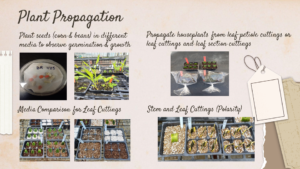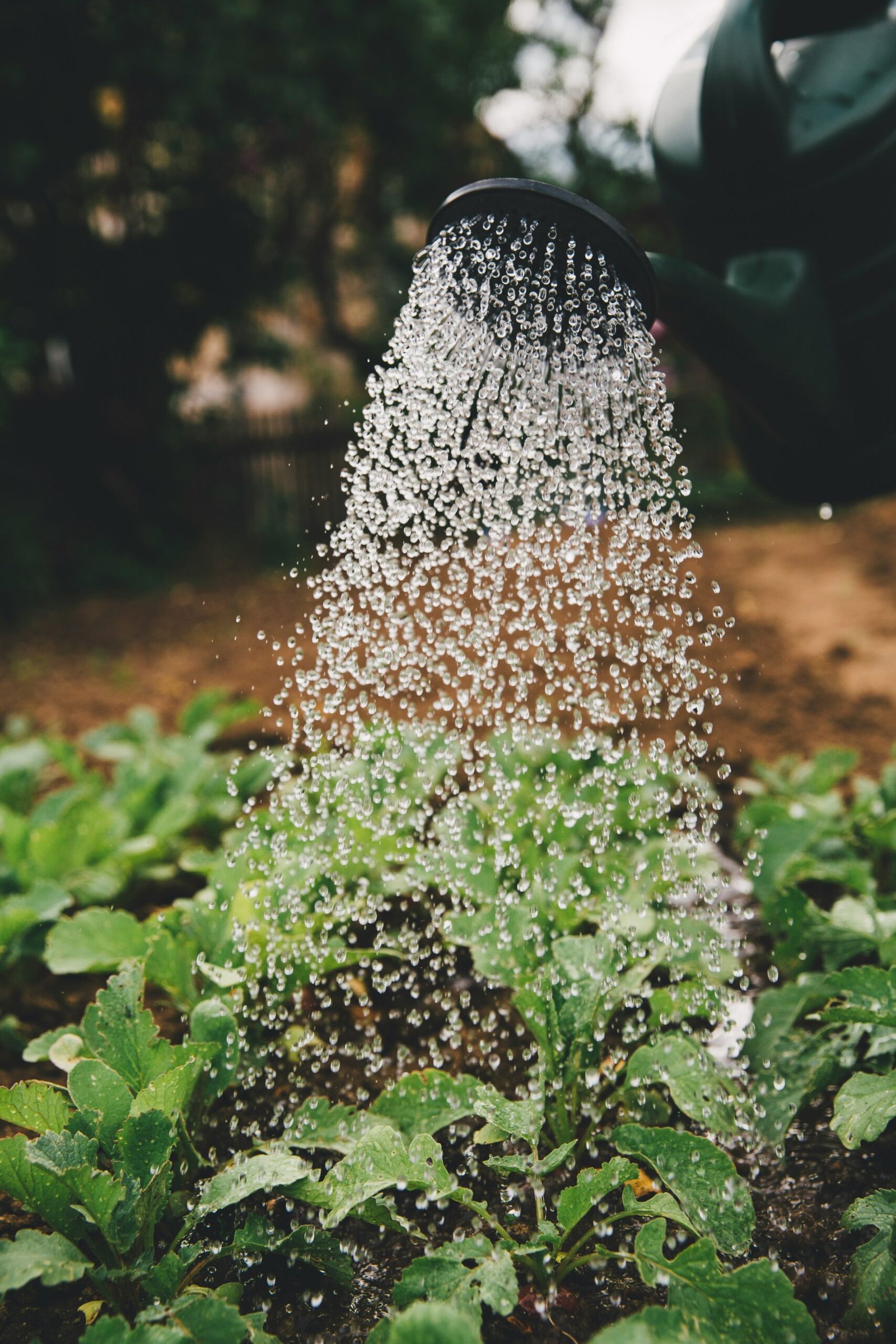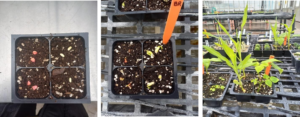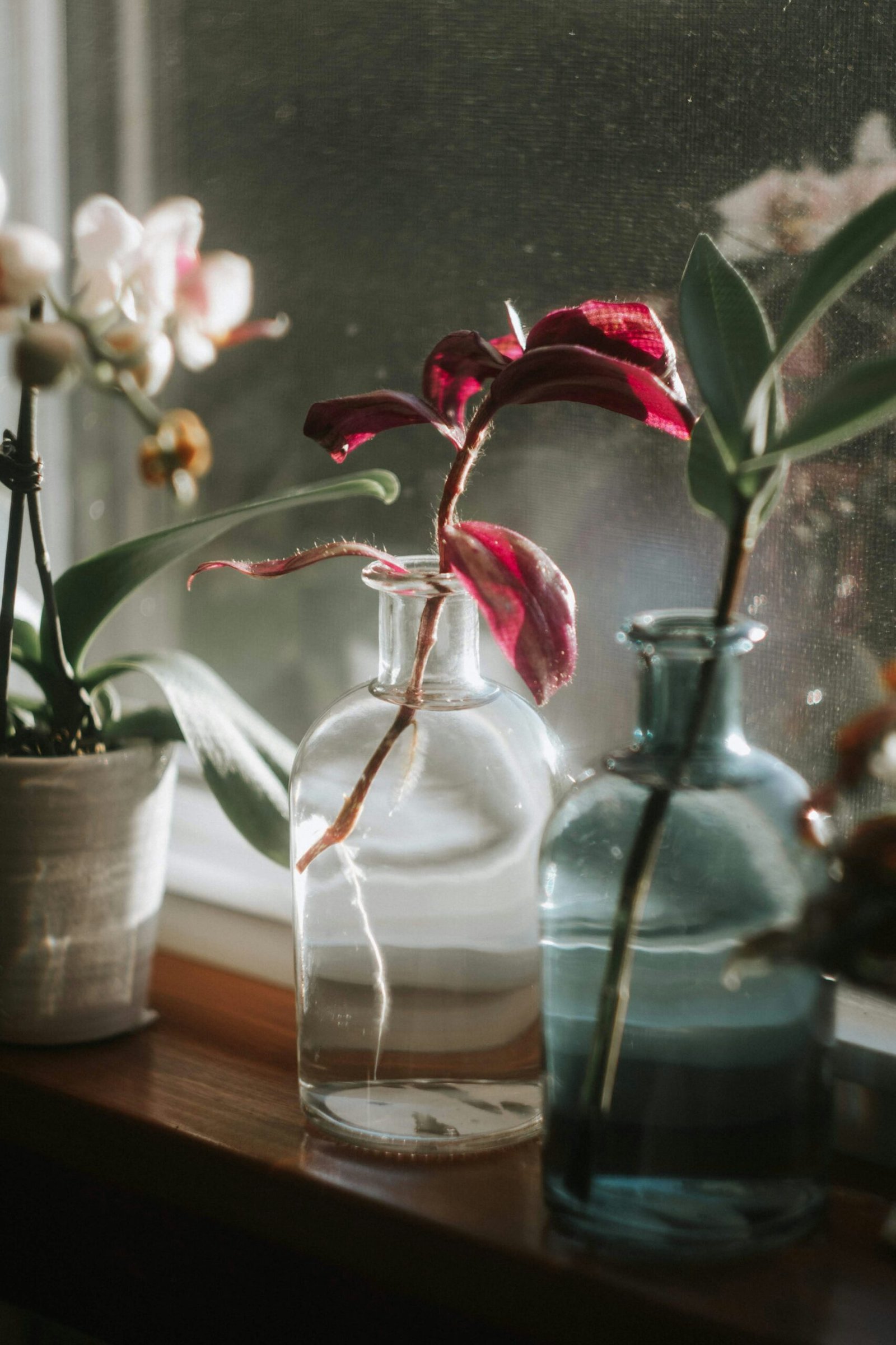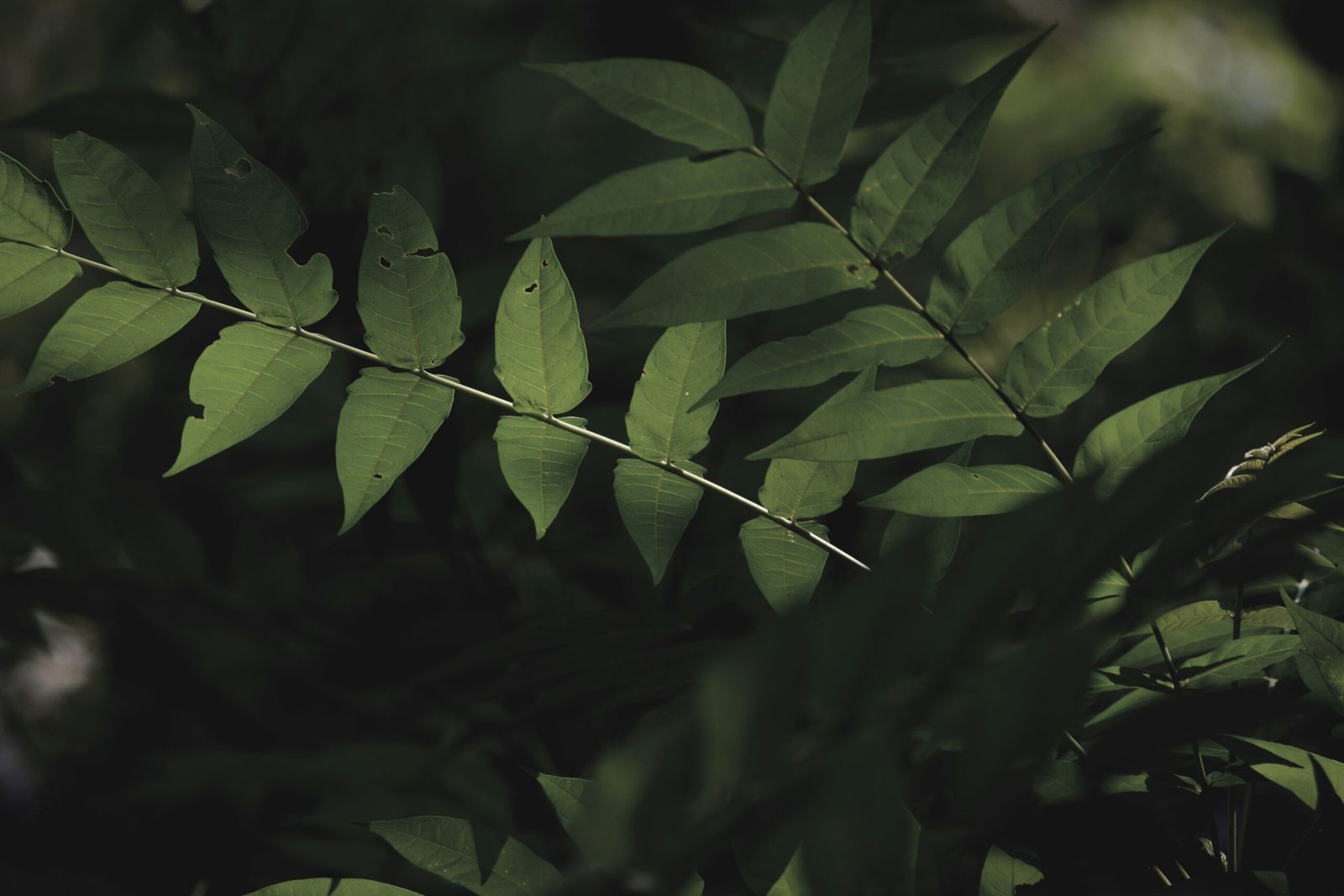Choosing the Right Corn Seeds
Before you begin planting corn seeds, it is essential to choose the right variety for your specific climate and soil conditions. There are several types of corn, including sweet corn, field corn, and popcorn, each with its own unique growing requirements. It is advisable to select seeds from a reputable supplier to ensure high germination rates and healthy yields.
Preparing the Soil
Once you have selected your corn seeds, the next step is to prepare the soil. Corn thrives in well-drained soil with a pH level between 6.0 and 6.8. Begin by tilling the soil to a depth of about 6 to 8 inches to loosen it. Incorporate organic matter such as compost or manure to enhance soil fertility. Make sure to remove any weeds or debris that could compete with your young corn plants for nutrients.
Planting Corn Seeds
After preparing the soil, it’s time to plant your corn seeds. For best results, sow seeds approximately 1 to 2 inches deep and 6 to 8 inches apart in rows that are spaced about 30 to 36 inches apart. Planting seeds in blocks rather than long rows can help with pollination. Ensure the soil is moist but not waterlogged at planting time to facilitate germination.
Care and Maintenance
Proper care is vital to ensure your corn plants reach full maturity. Water your plants regularly, especially during dry spells, to keep the soil consistently moist. Mulching can help retain moisture and control weeds. Additionally, apply a balanced fertilizer when the plants reach knee height to promote growth.
With careful selection, preparation, and maintenance, your corn seeds will grow into healthy plants, providing you with a bountiful harvest. Happy planting!
Practical Demonstration
Plant seeds (corn & beans) in different media to observe germination & growth
Learning Outcome: In this lab, monocot and dicot germination was compared. It aided in our understanding of the distinction between epigeal and hypogeal germination
Methods
Exercise A
- I wet a paper towel and placed it in a petri dish
- I placed 5 seeds of corn and 5 seeds of beans on it.
- I closed and sealed
Exercise B
- I took a seedling tray No 804. I filled it with commercial potting
- I planted two seeds of corn in two cells and two seeds of beans in the other two
Observations and Data
| Treatment | Germination Rates | |||
| Week 1 | Week 2 | Week 3 | ||
| Beans | Petri Dish | 100% | 100% | 100% |
| Media | 100% | 100% | 100% | |
| Corn | Petri Dish | 80% | 100% | 100% |
| Media | 75% | 75% | 75% | |
At week 1, all of the beans in the petri dish had germinated while only four of the corn had There may be several reasons for it. The environment may be more suited for the germination of beans than corn. The temperature may have gotten low because of the cold weather for corn to germinate. Since corn is smaller it has fewer food reserves than bean.
-
In the petri dish, I observed the coleoptile and radicle in the corn growing in opposite This was hypogeal germination. In beans I saw the hypocotile grow and bend and the seed coat tear. This was epigeal germination.
-
At week 1 both of the beans in the top right cell of the media were faster in their rate of germination and growth than the bottom ones. It might be because the top ones were closer to the mist and so had more water than the bottom Imbibition of water by the seed coat is essential for germination
-
At week 2, in the media the seed coat was shed and I saw the cotyledons in beans
-
At week 3, I saw roots in bean in the petri In the media, the corn were taller than the beans. It may be because of the bigger leaf area of corn compared to beans which mean more photosynthesis takes place in corn. The plants at the top were still taller than the bottom ones.
-
On average beans had a faster germination rate than The beans were newer so performed better than the corn which were old. A corn seed in the media did not germinate. It may be because it wasn’t viable.
-
In the media one plant was performing better than the other in the same cell. Competition between the plants may explain this.
Plant seeds (corn & beans) in different media to observe germination & growth
